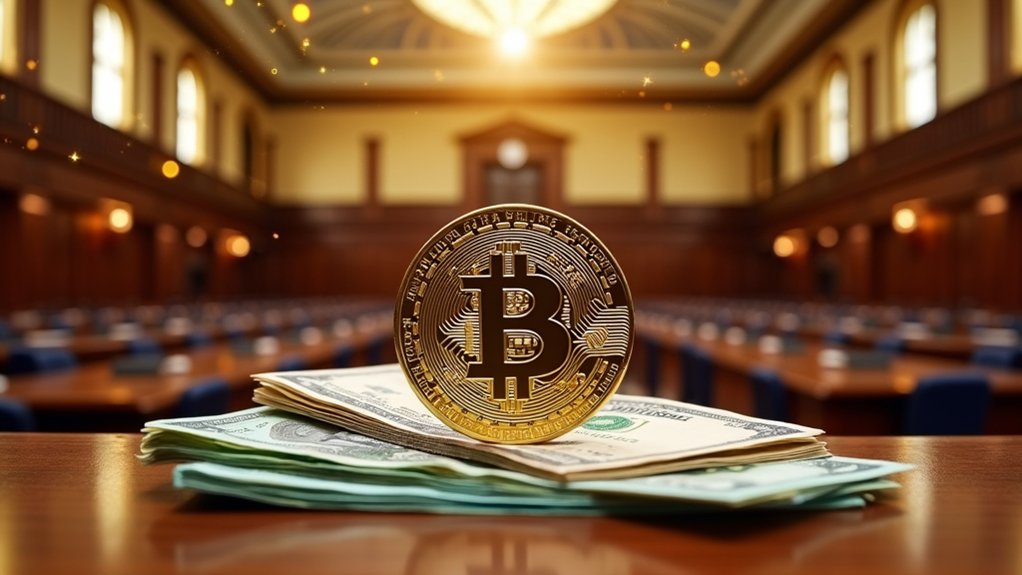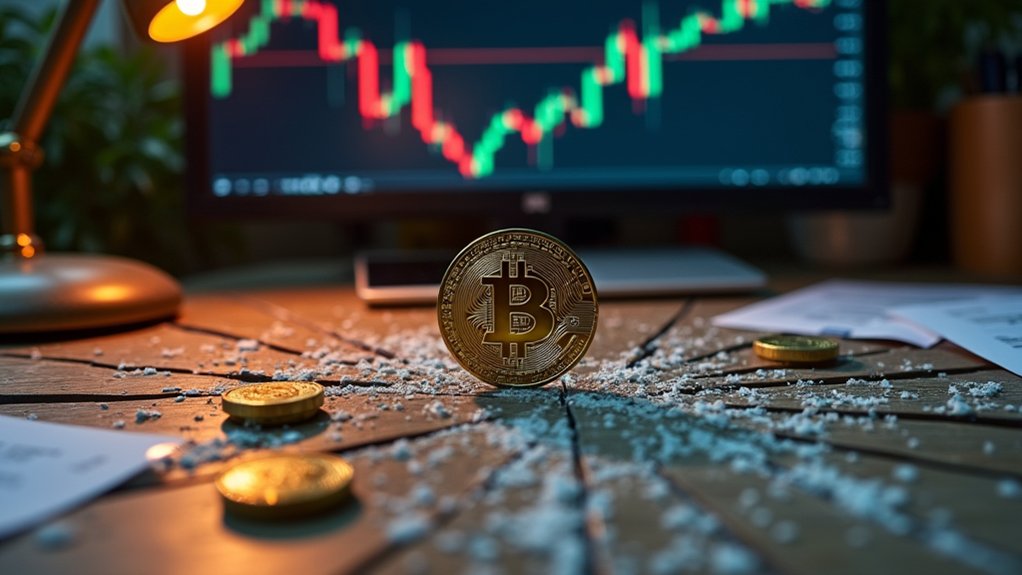Why does Jamie Dimon distinguish stablecoins from broader cryptocurrency enthusiasm? He articulates a clear delineation between stablecoins and more speculative cryptocurrencies by emphasizing regulatory challenges and market adoption dynamics, asserting that stablecoins embody practical utility in payment systems while broader crypto assets remain largely speculative and fraught with volatility, thereby necessitating distinct regulatory frameworks and differentiated supervisory attention. This distinction is critical because the IRS classifies cryptocurrencies as property, which complicates tax implications for businesses engaging in crypto transactions.
Dimon frames stablecoins as an operational innovation capable of delivering settlement efficiencies and transaction velocity improvements, noting JPMorgan’s initiatives, including a deposit token named JPMD for institutional clients and exploration of a joint bank-backed stablecoin with peer institutions, as strategic responses to client demand and competitive pressures from FinTech entrants rather than ideological endorsements of crypto, a posture that underscores the institution’s intent to harness tokenization for bank-centric liquidity management and cross-border payment optimization. JPMorgan launched JPMD
Dimon presents stablecoins as practical operational tools — JPMorgan’s JPMD and bank-backed tokens aimed at settlement efficiency and cross-border liquidity management
He maintains skepticism toward Bitcoin and similar assets, labeling them as hyped and inefficient stores of value, while simultaneously adopting a pragmatic stance toward blockchain-based instruments that can be integrated into permissioned ledger architectures and tested on Ethereum layer-2 networks, a bifurcated position that reflects confidence in controlled, bank-issued digital representations of deposits but caution about speculative market structures that could elude prudential oversight. JPMorgan has also settled transactions on public blockchains and piloted tokenized deposits, illustrating practical experimentation with digital assets and blockchain adoption.
Dimon’s assessment of systemic risk remains measured; he is not particularly concerned that stablecoins will imminently disintermediate traditional deposit bases within the regulated banking system, yet he acknowledges the potential for dollar-backed tokens to be used outside domestic legal jurisdictions by both legitimate actors and illicit operatives, a duality that catalyzes industry lobbying for congressional tightening of stablecoin statutes to close legal loopholes and to mitigate scenarios in which yield-bearing tokens might induce large-scale funding runs akin to historical money market disruptions. The evolving tax treatment of crypto-related activities further complicates the regulatory landscape as authorities increase scrutiny on digital asset transactions.
While advocating vigilant monitoring and adaptive regulatory responses, JPMorgan positions its token initiatives as iterative, acknowledging that stablecoins are a work in progress whose ultimate role in interbank settlement and broad monetary architecture remains contingent upon legislative clarity, institutional coordination, and the pace of market adoption across emerging and developed financial corridors.









